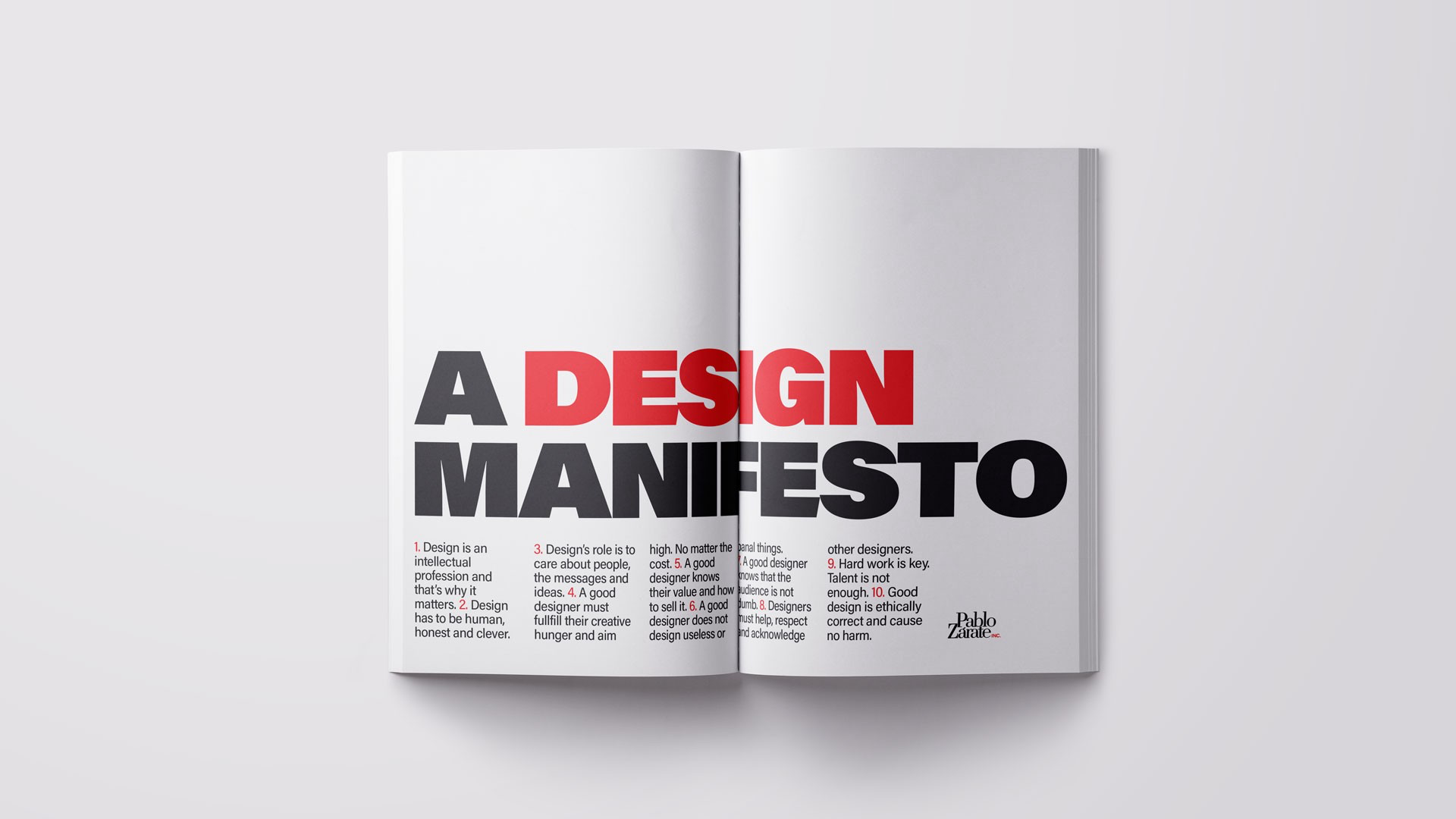risques-niger.org – The Designer’s Manifesto is a conceptual framework that outlines a set of principles or guidelines for designers to follow in their creative process. While there is no single, universally accepted “Designer’s Manifesto,” many designers and design thinkers have proposed their own versions of such a manifesto, reflecting the values, ethics, and methodologies they believe are essential to good design. Below is a synthesized version of principles that could be included in a Designer’s Manifesto:
- Purpose-Driven Design: Design with a clear purpose that addresses a specific need or problem. Ensure that the design serves a greater good and contributes positively to society.
- User-Centered Approach: Always consider the end-user first. Understand their needs, behaviors, and limitations. Design should be intuitive, accessible, and enhance the user’s experience.
- Sustainability: Create designs that are environmentally responsible and resource-efficient throughout their life cycle. Consider the impact on the planet and strive to minimize waste and energy consumption.
- Innovation and Creativity: Embrace innovation and push the boundaries of creativity. Seek new solutions and approaches that challenge the status quo and offer fresh perspectives.
- Ethical Consideration: Be mindful of the ethical implications of your designs. Avoid perpetuating biases, respect privacy, and ensure that your work does not harm individuals or communities.
- Functionality and Aesthetics: Balance form and function. Designs should be both beautiful and useful, enhancing the user’s experience without sacrificing practicality.
- Collaboration: Work collaboratively with others, including clients, users, and other designers. Embrace diverse perspectives and expertise to create more robust and inclusive designs.
- Continuous Learning: Stay curious and committed to lifelong learning. Keep up with the latest trends, technologies, and methodologies in design to remain relevant and innovative.
- Adaptability: Be flexible and willing to adapt your designs based on feedback and new information. Design is an iterative process, and being open to change is crucial.
- Quality and Craftsmanship: Strive for excellence in your work. Pay attention to detail and ensure that your designs are well-crafted and of high quality.
- Accessibility: Design for everyone, regardless of ability. Ensure that your work is inclusive and can be accessed and used by people with a wide range of abilities and disabilities.
- Cultural Sensitivity: Be aware of and respect cultural differences. Design should be sensitive to and reflect the diverse backgrounds of users.
- Transparency: Be open about your design process and decisions. Communicate clearly with stakeholders and users about how and why certain design choices were made.
- Critical Thinking: Apply critical thinking to your design process. Question assumptions, challenge norms, and think critically about the implications of your work.
- Legacy: Consider the long-term impact of your designs. Aim to create work that stands the test of time and contributes to a lasting legacy.
This Designer’s Manifesto is not exhaustive and can be adapted or expanded upon based on individual beliefs, the specific field of design (e.g., graphic design, industrial design, UX design), and the evolving nature of design practice. The key is to establish a set of principles that guide designers in creating meaningful, responsible, and impactful work.
